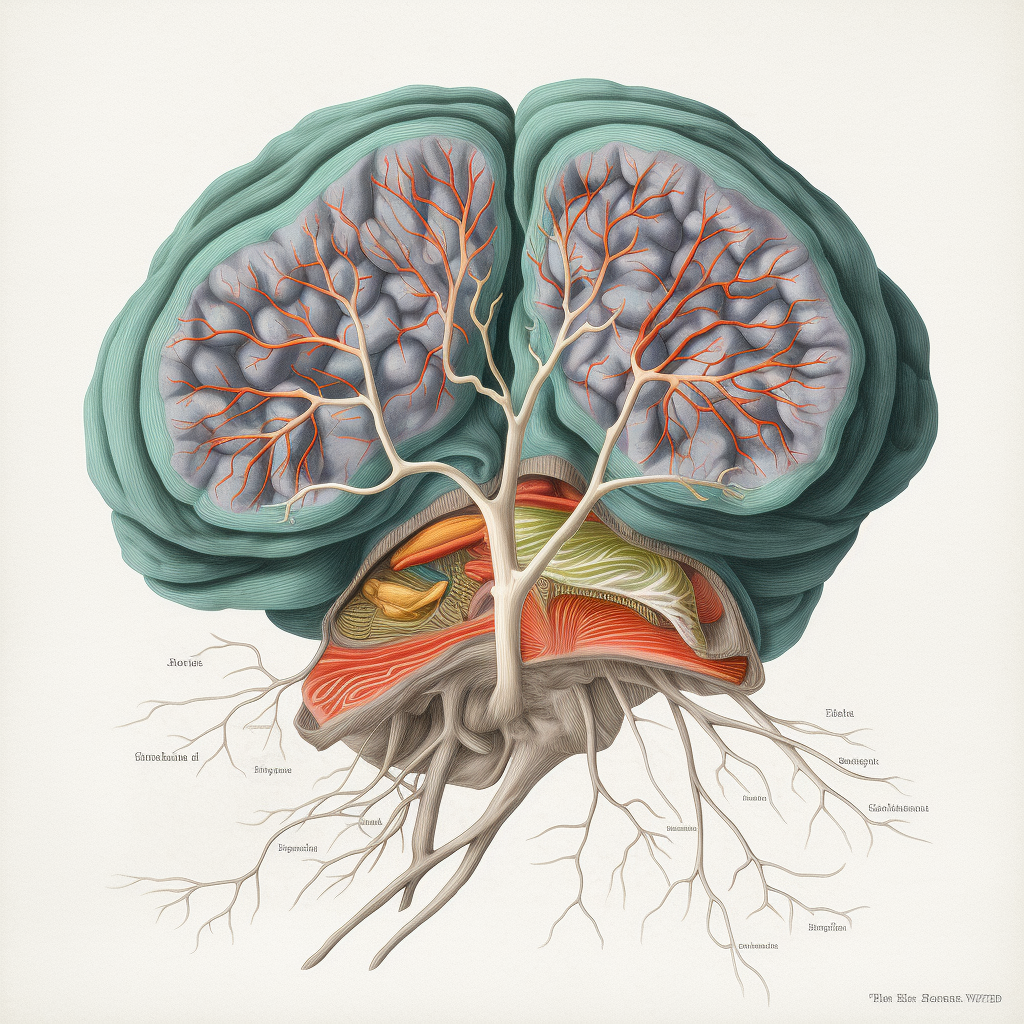The Basal Ganglia: The Brain's Traffic Controller

The basal ganglia are a group of subcortical structures located deep within the brain, and they play a crucial role in numerous functions including motor control, decision-making, learning, and habit formation. To picture them in the vast complexity of the brain, imagine a crossroads of several major highways, each taking and sending information from various parts of the brain to influence our actions and decisions. These structures include the striatum, globus pallidus, subthalamic nucleus, and substantia nigra, each with unique roles but all working in unison to process information received from different areas of the brain.
You might wonder, "How do these areas influence our behavior and cognition?" Well, the basal ganglia do not operate in isolation. They work in close collaboration with other parts of the brain, particularly the cerebral cortex, forming loops of communication. These loops allow for the processing of information, particularly for the execution of movements and the formation of habits. In essence, the basal ganglia helps filter out unwanted movements and promotes desired ones, acting like a gatekeeper to control our motor function.
When these structures are damaged or malfunction, as seen in diseases like Parkinson's or Huntington's, people can experience difficulties in controlling their movements. Moreover, it's not just motor functions that can be impacted. The basal ganglia also play a role in emotion and cognition. Hence, disorders affecting the basal ganglia can lead to cognitive and emotional disturbances as well. The beauty of the human brain, including the basal ganglia, lies in its intricacy, with so many parts working together in harmony to produce the thoughts, movements, and behaviors that make us human.
| Component | Function | Related Disorder |
|---|---|---|
| Caudate Nucleus | Regulating movements | Huntington's Disease |
| Putamen | Regulating movements and learning | Parkinson's Disease |
| Globus Pallidus | Regulation of voluntary movement | Dystonia |
| Substantia Nigra | Production of Dopamine | Parkinson's Disease |
- Regulates motor functions and voluntary movements
- Involved in procedural learning and habit formation
- Plays a role in decision making and prioritizing actions
- Interacts with other brain regions to manage signals
- Crucial in several neurological conditions like Parkinson's and Huntington's disease